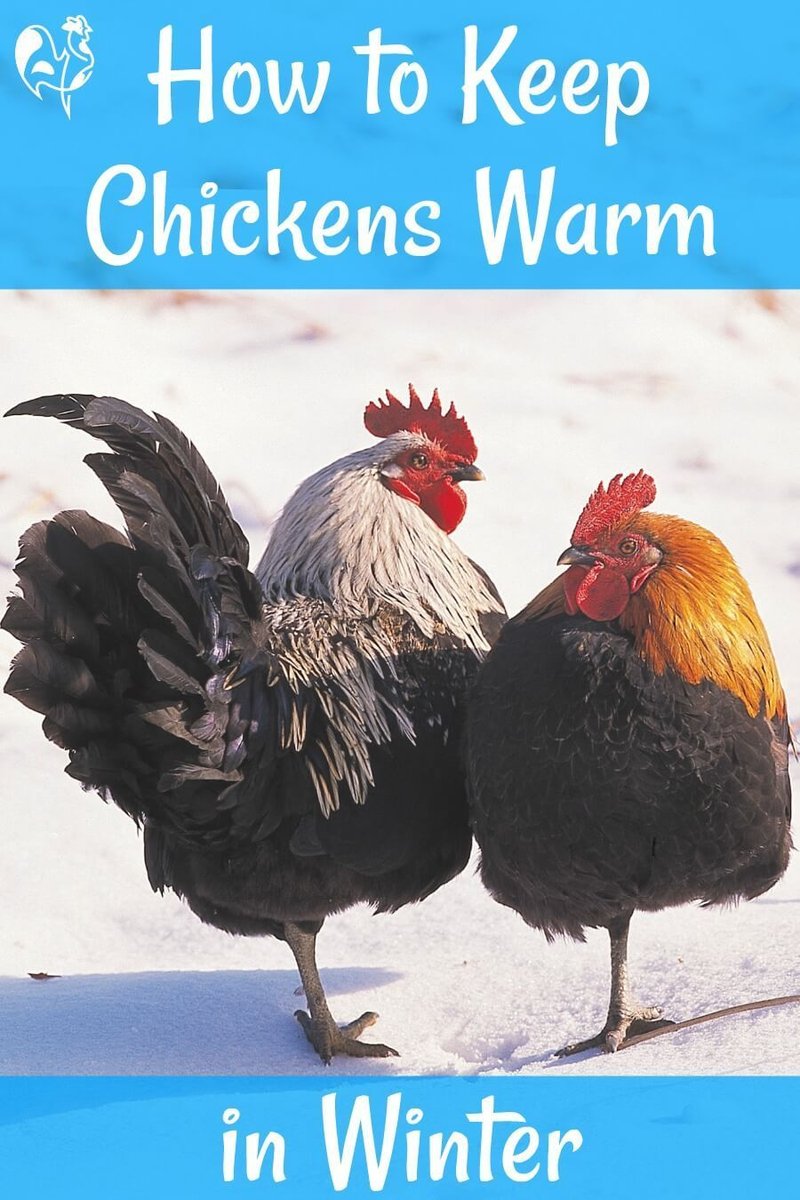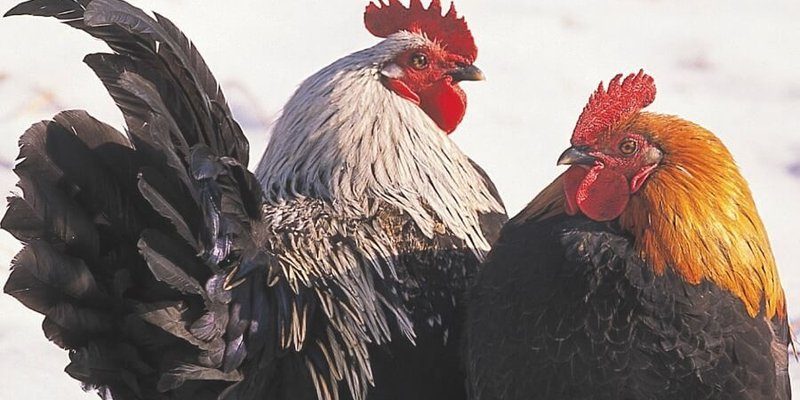
Now, you might be wondering why it’s essential to keep chickens warm anyway. Chickens are surprisingly resilient creatures, but they do have their limits. Cold temperatures can lead to stress and health issues, not to mention a drop in egg production. In turn, this means fewer delicious eggs for you! So, whether you’re a seasoned farmer or a backyard chicken enthusiast, keeping your chickens warm is a worthy effort, just like ensuring your heating system is in good shape before winter sets in.
Understanding Chickens’ Cold Tolerance
Chickens are equipped with a natural insulation system thanks to their feathers. In fact, they can handle temperatures as low as 30°F (-1°C) without too much trouble, as long as they stay dry and protected from the wind. Think of their feathers like a cozy winter coat. However, conditions like dampness and strong winds can change the game. When the weather gets really harsh, it’s our job as chicken caretakers to step in and help them out.
Here’s the thing: a chicken’s resilience doesn’t mean they don’t need a little extra care during winter. They still need a warm and safe environment to thrive. This means ensuring they have adequate shelter, proper bedding, and even a few heat sources if necessary. By understanding their natural abilities and limitations, we can create a space that keeps them comfortable and happy.
Choosing the Right Coop
The first step in keeping your chickens warm is ensuring their coop is well-designed for winter. A sturdy coop will serve as their main sanctuary. It should be insulated from the cold and have proper ventilation to prevent moisture buildup. Moisture can lead to frostbite on their combs and wattles—definitely not a fun experience for them!
When selecting a coop, think about the materials. Wooden coops with insulated walls are often the best choice. You might also consider using straw bales to create an extra layer of insulation around the outside of the coop. Insulation not only helps to keep the cold out but also traps warmth inside.
Don’t forget about the entrance and windows! Make sure these are covered with sturdy hardware cloth instead of regular wire. This way, your chickens can have fresh air without being exposed to freezing gusts. A good rule of thumb is to keep the coop draft-free while still allowing for airflow.
Proper Bedding for Warmth
You might be surprised at how much bedding can affect your chickens’ warmth during winter. When it comes to chicken bedding, think of it as their mattress. A good layer of bedding can keep them snuggly and warm.
Using straw, wood shavings, or even hay in the coop can create a comfy environment. Aim for about 6 inches of bedding material on the floor of the coop. As the bedding gets dirty, it can actually generate heat through a process called composting. Plus, when chickens scratch and burrow into the bedding, they create little pockets of warmth around them.
You’ll want to keep an eye on this bedding and ensure it remains clean and dry. Wet bedding can lead to health problems, and it’s not warm at all! So, don’t hesitate to do regular clean-outs and replace it when necessary.
Supplementing Heat Levels
In extreme cold, you might need to add some extra heat to the coop. There are several ways to do this safely. One popular method is using a heat lamp. When setting up a heat lamp, ensure it’s well-secured to avoid any fire hazards. It’s also wise to use a ceramic heat emitter instead of a traditional bulb, as it gives off more heat without emitting light.
Another option is a heated perch. These perches have a built-in heating element that provides warmth while the chickens roost. Just make sure the perch isn’t too warm. You want it to be inviting, not toasty!
In addition to these methods, consider placing the water containers in a sheltered area to prevent ice formation. You can even invest in heated waterers that keep water from freezing, which is essential for your chickens to stay hydrated.
Nutrition Matters in Winter
Believe it or not, what your chickens eat can impact how well they handle the cold. During winter, their metabolism increases as they work harder to stay warm. A balanced diet is crucial to support this.
You might want to add some extra protein to their diet—things like kitchen scraps, mealworms, or high-quality pellets specifically designed for winter feeding. Not only will this help them stay warm, but it can also boost their egg production during the colder months. You could think of it as providing extra fuel for a cozy winter fire!
Additionally, ensure they have access to fresh, clean water at all times. Hydration is key to helping them maintain their body heat. If water freezes, the chickens won’t drink, and that’s a recipe for disaster. Check their water supply daily and replace it with warm water if it gets icy.
Monitoring Chicken Behavior
Paying attention to how your chickens are behaving can give you insight into how well they’re coping with winter. Are they huddling together more frequently? Are they staying inside the coop most of the day? These behaviors might indicate they’re feeling the chill.
If you notice your chickens seem lethargic or are not eating well, take it as a sign to reassess their living conditions. You might need to make some adjustments or add more heat sources.
Also, check their combs and wattles for signs of frostbite. Chickens with larger combs are more susceptible to cold damage. If you notice any discoloration, it’s time to step up your efforts to keep them warm.
Keeping your chickens warm during winter is more about care than complexity. With the right coop, bedding, nutrition, and attention to their behavior, your feathered friends can thrive even when the temperatures drop.
Think of your chickens as part of your home, just like your favorite cozy blanket. They depend on you for warmth and protection, and in turn, they provide you with fresh eggs and companionship. So suit up, get those coops ready, and enjoy a winter filled with happy, healthy chickens.

